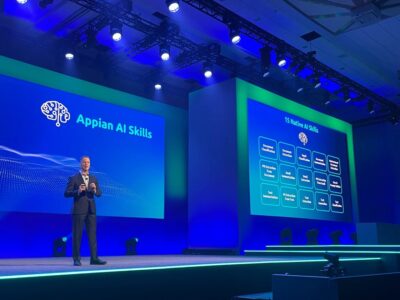When Tiffany Hamilton set out to create Victor Wear, she wasn’t looking to create the next big activewear brand. She instead simply wanted to create a work opportunity for her son.
Victor Wear, which launched in early April, is an activewear brand that sells inspirational tees and hoodies. Hamilton created the company for her 15-year-old son, Isaiah, who is on the Autism spectrum, because she wanted to open more opportunities for him in the working world. According to data from the Office of National Statistics, only 22% of adults with autism are employed.
Hamilton created Victor Wear alongside her son so he could employ his artistic talents to create the apparel designs. It’s gone pretty well so far, considering that the younger Hamilton was already awarded Young Entrepreneur of the Year from the DC Chamber of Commerce’s Small Business Awards. While the brand is still pretty new, Tiffany Hamilton wants to get to a place of employing other people with disabilities or neurodivergent conditions full-time. She even hopes to become a major employer for people with disabilities.
“I wanted to build a way to secure his future, but also provide opportunities for people like Isaiah,” Hamilton told Technical.ly.
Moreover, Hamilton believes that other employers can and should make their workplaces more inclusive as well. Hiring people with disabilities, she thinks, not only benefits the community itself but also offers employers a competitive advantage and more opportunities to speak to their audiences.
But it also means adapting company culture to create a more inclusive environment, she said.
“As employers, it’s really important to understand the challenge you’re dealing with, whether it’s a developmental disability or a learning disability, how they learn, what makes them tick and what can be done to make them successful,” Hamilton said.
To do this, Hamilton recommends a few methods. Employers could train their managers on the best ways to support their employees with disabilities, or even go so far as to invest in on-the-job coaches who can assist with training.
But one particularly important thing to remember, she thinks, is that autism (and any other disability) differs for every person. So it’s important to take note of a particular employee’s strengths and weaknesses and not generalize approaches, she noted.
In addition, Hamilton thinks that this should be a priority alongside other diversity and inclusion efforts. The more that inclusion efforts for those with disabilities are embedded within company culture, the more successful both employees and companies will be. She encouraged company leaders to take a look at their teams and determine whether or not neurodivergent people are represented. If they aren’t, then a problem needs to be addressed.
“It’s a lot for an employer to make that investment, but if they’re very serious and they really want to walk the inclusion walk, that’s really what’s needed,” Hamilton said. “Resources like funding, not volunteers, real staff and real supports [are needed] to make it work.”
Join the conversation!
Find news, events, jobs and people who share your interests on Technical.ly's open community Slack

DC daily roundup: Esports at Maryland rec center; High schoolers' brain algorithm; Power data centers with coal?

DC daily roundup: Tyto Athene's cross-DMV deal; Spirit owner sells to Accenture; meet 2GI's new cohort

DC daily roundup: $10M to streamline govt. contracting; life sciences might dethrone software; Acadia's new $50M


